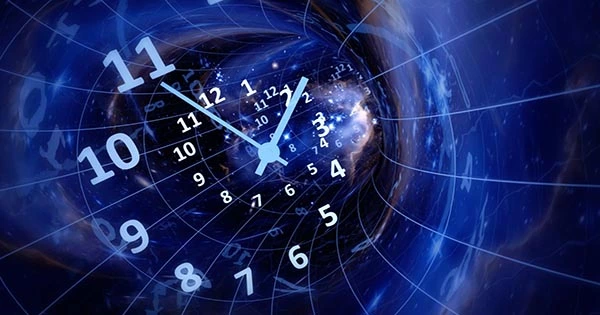Is it true that time exists? The solution to this question may appear self-evident: of course! Take a peek at a clock or a calendar. However, recent advances in physics show that the non-existence of time is a viable option that we should consider. How is that possible, and what does it imply? It’ll take a long to explain, but don’t worry: our lives will carry on as usual even if time doesn’t exist.
IN PHYSICS, THERE IS A PROBLEM, Physics is in a state of emergency. For the past century or so, two highly effective physical theories have been used to describe the universe: general relativity and quantum mechanics. Quantum mechanics is a branch of physics that explains how things function in the minuscule universe of particles and particle interactions. The overall picture of gravity and how objects move is described by general relativity.
Both ideas are quite effective in their own right, yet they are regarded to be incompatible. Though the source of the dispute is debatable, scientists believe that both theories should be replaced by a new, broader theory. Physicists want to develop a “quantum gravity” theory that will replace both general relativity and quantum mechanics while capturing their remarkable achievements. A hypothesis like this would explain how gravity’s large picture operates at the particle size.
IN QUANTUM GRAVITY, TIME, It turns out that developing a quantum gravity theory is really tough. String theory is one approach to resolving the disagreement between the two ideas. String theory substitutes strings vibrating in up to 11 dimensions for particles. String theory, on the other hand, confronts a new challenge. String theories provide a variety of models for describing a world that is generally similar to our own, but they don’t make any concrete predictions that can be confirmed by experiments to determine which model is correct.
Many physicists felt disillusioned with string theory in the 1980s and 1990s, and developed a variety of other mathematical approaches to quantum gravity. One of the most well-known is loop quantum gravity, which suggests that space and time are made up of a network of extremely small discrete pieces, or “loops.” One of the most striking features of loop quantum gravity is that it appears to completely remove time. Loop quantum gravity isn’t the only strategy that appears to eliminate time as a basic component of reality: a number of other theories also appear to do so.
TIME FOR AN EMERGENCY, so we know that a new physical theory is required to describe the cosmos, and that this theory may or may not include time. Let’s say this theory proves to be right. Is it thus true that time does not exist? It’s difficult, because it all relies on how we define the term “exist.” We agree that tables, chairs, and people exist despite the fact that no tables, chairs, or people appear in physics theories.
Why? We believe that such phenomena exist at a level greater than that defined by physics. Tables, for example, are said to “emerge” from a physics of particles flying about the cosmos. However, whereas we have a clear notion of how a table is made up of fundamental particles, we have no idea how time is built up of anything more fundamental. So it’s not obvious that we can just assume time exists until we can come up with a reasonable account of how time originates. At some levels, time may not exist.















